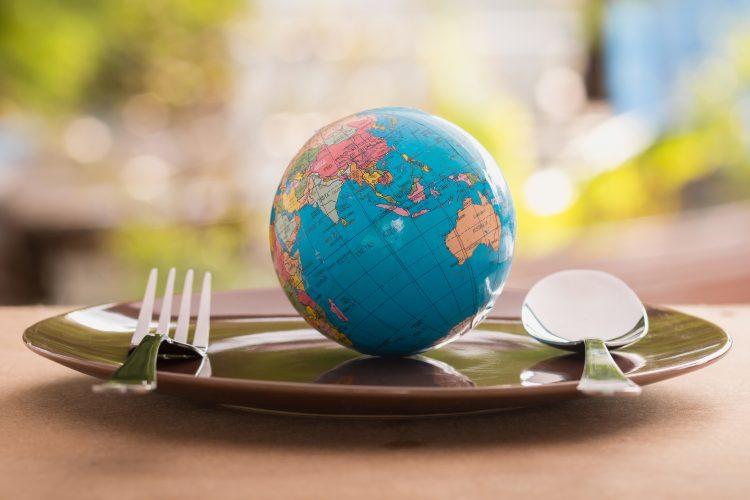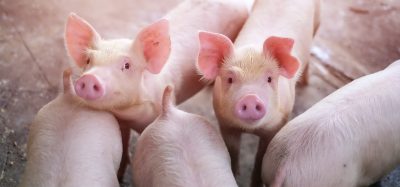Global demand for food assessed in new study
Posted: 26 July 2021 | New Food Magazine | No comments yet
Researchers assess the range of future global food security projections to 2050, using a study that focuses on the two major food security indicators.


It is estimated that more than 820 million people in the world don’t have enough to eat. Climate change and increasing competition for land and water continue to raise concerns about the future balance between food demand and supply – increasing the need for effective policies to ensure global food security and a better understanding of the main driving forces of global hunger.
Despite the food supply increasing dramatically since the 1960s, the question of how to eradicate global hunger remains a major challenge.
Scientists typically use quantified global scenarios and projections to assess long-term future global food security, under a range of socioeconomic and climate change scenarios. But with differences in model design and scenario assumptions, there is uncertainty about the range of food security projections and outcomes.
International Institute for Applied Systems Analysis (IIASA) guest researcher Michiel van Dijk and colleagues conducted a systematic literature review and meta-analysis to address this uncertainty, assessing the range of future global food security projections to 2050. The study focused on two key food security indicators: future demand, a key driver of a required increase in food production, and associated impacts on land use change, biodiversity and climate change, and population at risk of hunger.
“Our study aimed to determine the range of future global food demand and population at risk of hunger projections to 2050. To answer this question, we analysed 57 studies published between 2000 and 2018. We harmonised all projections and mapped them into the five highly divergent but plausible socioeconomic futures, including sustainable, business-as-usual, divided world, inequality, and conventional development scenarios,” explained van Dijk.
The study’s found that food demand will increase between 35 percent and 56 percent during 2010-2050, due to population growth, economic development, urbanisation, and so on. If climate change is considered the range changes slightly, but overall with no statistical differences.
However, the increase in demand may still have negative impacts on the environment and lead to biodiversity loss. To prevent this, the researchers say increases in food production would need to be accompanied by policies and investments that promote sustainable intensification and incorporate ecological principles in agricultural systems and practices, while also reducing food loss and waste, with the encouragement of plant-based diets.
In a negative scenario, those at risk of hunger is expected to rise by eight percent (30 percent when climate change is considered) during 2010-2050, suggesting that the Sustainable Development Goal of achieving food security will not be achieved.
“Our study can fuel the public debate on the future of food by inviting every citizen to imagine and discuss a wider range of food future scenarios, rather than just a binary choice between business-as-usual and the universal adoption of organic agriculture or vegan diets,” noted study co-author Yashar Saghai, a researcher at the University of Twente (UT).
Although the study did not explicitly investigate the impacts of the COVID-19 pandemic, the researchers suggest it is plausible that their range also includes the possible negative COVID-induced futures, associated with an increase in the percentage at risk of hunger.
“While it is too early to oversee and understand the full impact and consequences of the coronavirus pandemic, current developments show some resemblance to the most negative archetype scenarios in our analysis, which is characterized by slow economic development, a focus on domestic security and national sovereignty, and increasing inequality,” said van Dijk, suggesting that this implies a potential increase of the percentage of those facing hunger throughout 2010 and 2050.
“Recent developments, underscore the need for (quantitative) scenario analysis and comparison as a tool to inform policy analysis, coordination, and planning for the future of food as well as wider societal issues,” concluded van Dijk.
Related topics
Related organisations
The International Institute for Applied Systems Analysis (IIASA), University of Twente (UT)
Related regions
Africa, Central and South America, Central and South Asia, Europe, North America









